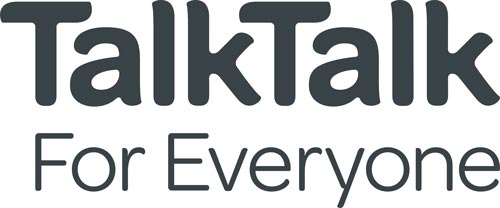Northern Powerhouse Launches Third Edition of Fairer Schools Index
The Northern Powerhouse Partnership (NPP) has today launched its third edition of the Fairer Schools Index, providing a vital, contextually adjusted alternative to the government’s Progress 8 measure for evaluating secondary school performance.
Our findings reveal that Progress 8 unfairly disadvantages schools with high proportions of pupils from disadvantaged backgrounds, while overstating the performance of schools with more advantaged intakes. Since it does not account for these variables, there is a risk that using Progress 8 data alone to hold schools to account risks hiding systemic inequalities and providing potentially misleading conclusions about school performance.
Developed by the University of Bristol, the index adjusts for variables including pupil demographics, ethnicity, and deprivation, showing the real difference schools make as compared with pretending that every school has an identical intake with the same socio-economic status and background.
Key Findings from the Fairer Schools Index
- London’s Progress 8 scores drop dramatically when adjusted for pupil background.The high average Progress 8 score seen in London more than halves when adjustments are made for pupil demographics. This primarily reflects the higher proportion of on average high-progress ethnic groups in its schools.
- The North East’s scores significantly improve with adjustment.In the North East, whose schools serve a high proportion of disadvantaged and White British pupils, Progress 8 scores improve substantially after our adjustments are applied.
- Grammar and faith schools see large declines in adjusted scores.The high average Progress 8 scores for grammar and faith schools reduce substantially when adjustments account for the educationally advantaged nature of their pupil intakes.

Impact on Northern Schools
In regions in the North of England (North East, North West, and Yorkshire and the Humber), our analysis shows a wide range of category changes once pupil background is taken into account. For example, 64 schools go from being average to above or well above average, 6 go from below average straight to above average and a further 149 schools labelled by the Department for Education under the previous government as below or well below average move to being average.
NPP is calling on the government to introduce a contextually adjusted measure alongside Progress 8 by 2025. This approach would provide a more comprehensive outlook on school performance, highlighting the achievement of individual schools and show what differences between regions are a result of demographic differences common across England, and those issues which aren’t just about the concentration of those challenges but are actually specific to the places themselves.
Henri Murison, Chief Executive of the Northern Powerhouse Partnership, said:
“The Fairer Schools Index exposes the shortcomings of Progress 8 being used to measure any schools performance on its own. By failing to account for a number of different variables related to pupils’ backgrounds, the last government labelled many schools in areas like the North East of England as under-performing while failing to account for demographic differences in helping drive higher outcomes in London schools.”
“ At the Northern Powerhouse Partnership, we want to close all the gaps between disadvantaged children and the rest, but this will never happen if we label schools as better performing by simply attracting better off families to send their children there. We are advocating for the adoption of a value-added measure side by side the current, unadjusted data. This will allow us to recognise better those school’s that do the most for those children from backgrounds too often let down in modern Britain.”
“We must demand the best for every child. Those schools that beat the odds stacked against their pupils should be recognised as being high performing, and that will drive down the disadvantage gap over the decade to come and reduce the gaps which exit across and between parts of England today.”
George Leckie, Professor of Social Statistics at the University of Bristol, said
“The fact that many schools’ Progress 8 scores shift significantly after adjusting for school context underscores the challenges some schools face and highlights the need to better account for these circumstances when evaluating their performance.”
Notes to Editors
- The Fairer Schools Index uses 2023 GCSE data and analysis from the University of Bristol.
- Progress 8 tracks pupil progress from Key Stage 2 to Key Stage 4 but does not adjust for demographic differences.
- For interviews or further information, please contact Joe Dadomo (Joe.dadomo@northernpowerhousepartnership.co.uk)
Schools upgraded categories for performance in the North compared to Progress 8
| Category Change | Total for Northern Regions |
| Well Below Average → Average | 40 |
| Below Average → Average | 109 |
| Below Average → Above Average | 6 |
| Average → Above Average | 56 |
| Average → Well Above Average | 8 |
| Above Average → Well Above Average | 14 |
Full data set here:
Media Enquiries
For media enquiries and interview requests, please contact the press office on:
Get involved...
There are a number of ways you can help drive forward the Northern Powerhouse agenda.
Our Members
Working with businesses and organisations across the North

















